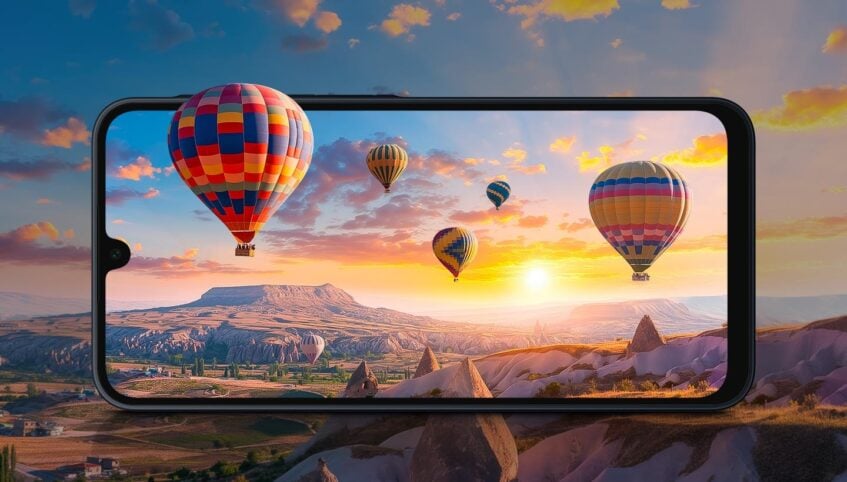Rain Technology, a company that specializes in display tech, has introduced an OLED Switchable Privacy feature. The new feature lets you change your screen from public to private mode, keeping prying eyes away. Unlike stick-on privacy screens that can dull your display and cause issues, this built-in solution keeps everything clear and durable. It’s now available for mobile phones, tablets, and laptops.
A smart alternative to privacy screen protectors
The problem with add-on privacy screen protectors is that they reduce screen brightness and affect image quality, as well as interfere with touch sensitivity. It’s a real issue if your phone already has low brightness as the glass will dim it even further. You’ll be forced to crank up the screen’s brightness to compensate, which will drain your battery faster.
Rain Technology’s OLED Switchable Privacy feature aims to fix these issues by integrating privacy controls directly into the display itself. So, you won’t need a screen protector layered over it. It’s supposed to protect you from people trying to see what’s on your screen, no matter where you are.
Imagine a world where software can control the visual privacy of your mobile phone, just like GPS or camera functions — putting a powerful new privacy utility in the hands of consumers, developers and IT departments.
This is the world enabled by Rain’s Switchable Privacy technology, a built-in display alternative to the billions of dollars spent on privacy screen protectors and with significant advantages in the quality of privacy, durability, brightness, touch, and most obviously, the ability to switch back to share mode when private information isn’t being displayed.
Robert Ramsey, CEO of Rain Technology.
Rain Technology holds the patent for the technology, and the feature is now available for OLED screens. Previously, the technology was limited to LCD laptops and point-of-sale (POS) displays in retail checkout systems and other areas.
Share or hide your screen any time
The said technology is “a thin, embedded proprietary layer within the OLED display module of a display screen”. It should make controlling the light coming out of the display possible, so that you can switch privacy on and off. Switching can happen anytime under a millisecond and can be manual or automatic.
When you’re using your phone and finish a task, it automatically goes to Public Mode. It’s when the screen shows information that anyone around you can see clearly. For example, if you’re doom scrolling through tiktok or looking at photos. Anyone nearby can easily glance at the screen and see what you’re doing.
On the other hand, privacy mode narrows the viewing angle, making it difficult for anyone not directly in front of the screen to see what’s showing. If you’re at an ATM machine checking your account, the information will only be visible to you. If someone stands off to the side, they won’t be able to see your sensitive data.
What are OLED displays?
Organic Light-Emitting Diode is a display technology where each pixel produces its own light, unlike LCDs that use a backlight. When an OLED screen shows a black scene, it can turn off specific pixels completely, making true black because no light comes from those pixels. In contrast, LCD screens use a constant backlight that stays on even when showing black, which means they can’t display a perfect black and instead look more gray.
For this reason, OLED displays offer great picture quality. You’ll commonly find them in high-end devices like the Pixel 9, and they are usually more expensive than LCDs.











